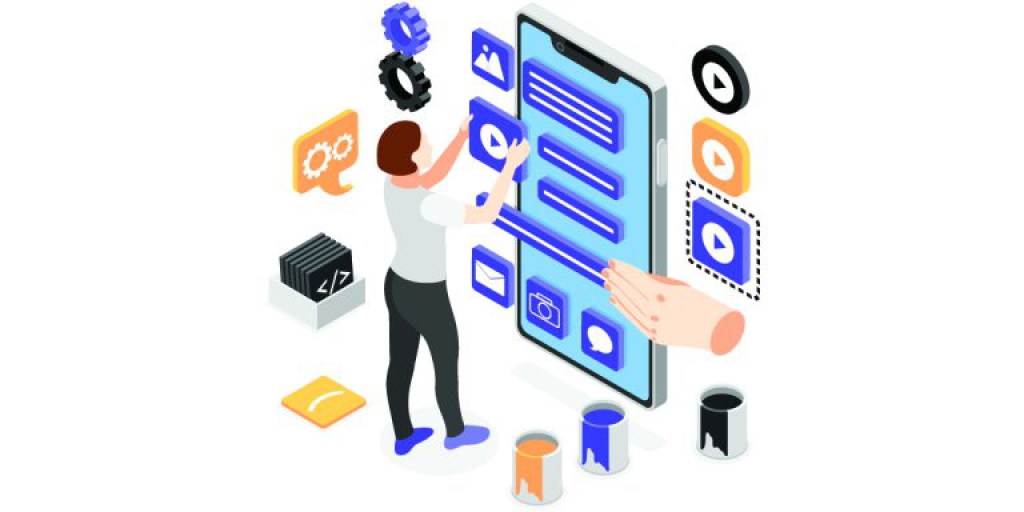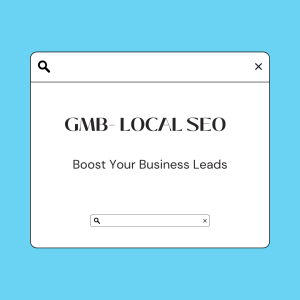How Long Does It Take to Develop a Mobile App?

Mobile applications drive continuous market change by addressing consumer and business activities. With 3.96 billion active mobile app consumers worldwide, it is indisputable that businesses demand the same level of attention as in the past. Not only has the projected revenue for mobile applications in the business sector skyrocketed, but demand and expenditures are also anticipated to increase rapidly. Consequently, it is necessary to investigate each variable that could affect the mobile app development process.
Understanding the benefits of having a mobile app for your business will increase your likelihood of getting started. Typically, businesses and entrepreneurs inquire about the process and cost of app development. Nonetheless, we are now moving on to another crucial aspect: the timeline for developing an application, the required resources, and all the work involved. Consequently, the question before us today is: how long does it take to construct an application, and how do you create one?
How Long Does It Take To Develop an App?
What is the typical app development cycle? To answer this issue, we must first understand the stages of application development and the factors that may impact the completion timetable.
The average development timeline for apps varies depending on their complexity and amount of features. Here’s an example:
- Simple App Development – 2-4 months
- Average App Development – 4-6 months
- Complex App Development – starting from 9 months
Because every circumstance is different, delays might arise for a variety of reasons, including the product’s complexity, model structure, partner app development firm, and so on.
Factors That Impact the Development Timeline
When figuring out how long and how much it will cost to make an app, don’t forget to include a few things. We’ve looked at a few things and figured out how they affect your timeframe.
The Complexity of an Idea
The most important thing that affects an app’s schedule is how complicated it is. It has to do with the product’s amount of screens, features, and roles. How much software development and design work is needed depends on how complicated the app is.
A simple app could take weeks to make, while a complex one could take months. So, you have to think about both backend work and frontend design.
On average, it takes 1100 hours to make an app like Uber, but it may only take 880 hours to make an app like Calm. But if you want to make something special, like a SaaS business, it could take more than 1200 hours.
The Precise Requirements
The requirements document goes into depth about the most important parts of an app and what it’s all about. Because of this, the less time it takes to make an app, the more detailed the needs are.
Features like backend architecture, CMS choice, and third-party service integration can speed up or slow down the time it takes to make an app. If you want to add more functions, the cost and time will go up. Also, indirect costs will go up. For example, there might be costs for project management or business research.
Here are some of the things that leaders look for in solutions:
- Sign up through social media or email
- Chat or messaging
- Push notifications
- User login and more
- Portrait or landscape view
- Payment integration
- Maps integration
Different types of software have different benefits. For example, it might take 80 hours to build the most important parts of a chat app. Ads Manager, on the other hand, may take more than 160 hours.
The Accuracy of the Final Result
The latter are digital models that show how the minimal viable product will look. The paperwork is necessary to understand the end goal and the schedule for making the app. After that, the design team uses these papers when making wireframe mockups.
If the requirements for making a product aren’t clear at first, you’ll get more requests for changes in the middle of the job. So, when making a product, use an agile method.
You can add a layout to show what’s important about your big, complicated site. The goal is to fix all of the problems that clients have while still giving each one a unique user experience.
The Business Expertise
If you are a developer who specializes in code, you need help with product and design strategy. But if you are a new business owner, you will need help from the beginning to the end.
There are a few more things to think about. If your business plan includes hiring an in-house team, think about how long it will take to find the right people and train them to do the job.
Only if you already have a team will the design and development time be taken into account.
If you don’t have as much time, you can give the job to a coder or a company that makes products. In this case, you will save a lot of time.
App Development Timeline and Stages
Each step of making an app has its own set of rules and requirements. Each phase tells you how big the job is and what steps you need to take. Before you can plan your app well, you need to guess how long each step will take.
Planning Stage
At this point, you have to make an educated guess about how long it will take to make the app. It is a very important step in figuring out how long software development will take. It is the stage where a project roadmap’s goals and standards are made. During this time, you gather and analyze data about the project, the market, the competition, and the customers. It takes about two to three weeks to finish.
It takes different amounts of time to finish the discovery step. Here are some things to think about:
Needs and Specifications
Writing and handling specs could take up to two weeks. Here are a few examples of what you need to include in the brief:
- Project goal and success metrics
- Request for proposal (RFP)
- Budget range
- Non-disclosure agreement
- Approximate date of delivery
Design Low-Fidelity Wireframes
Low-fidelity wireframes are the first pictures of how the product will look. It helps creators and clients get a good idea of how the product is put together and what it can do. They let businesses plan ahead and improve processes while keeping costs low and shortening the total time it takes to make an app.
Define Tech stack
It’s also important to look at the technology tools needed to build an MVP. Projects to make mobile apps can be either web apps, native apps, or mixed apps.
An Android app or an iOS app is a programme that was made to run on a specific mobile operating system (Objective-C, Swift for iOS and Java, Kotlin for Android). A hybrid app, on the other hand, is an online app made with Flutter, React Native, Xamarin, or some other technology.
From start to finish, making an app could take between 40 and 80 hours for the whole study process. If you have an idea for an app, get in touch with us about a Discovery Workshop. We will help you make a timeline for making a mobile game and more.
Design Stage
In the design process, you think of the product’s user interface (UI) and user experience (UX) design and make changes to it. The end of this process is a plan that app developers can use to start making the product.
Make wireframes that are accurate. High grade is a computer copy of the product that looks the most like the real thing. First, low-fidelity wireframes are used to make sure the story and content plan go together. After that, high-fidelity wireframes of the layout and app structure are made. The end result is the high-fidelity wireframes.
Make a UI Kit
The user interface components in the UI kit let people do things. A UI kit has things like buttons, control buttons, checkboxes, widgets, and progress bars that are used in applications.
Lastly, UI kits come with all the parts of an interface design so you don’t have to make them yourself. They want the plan for making mobile apps to be followed to the letter.
The design process could take anywhere from 40 to 80 hours to finish. But both the planning and design steps could take anywhere from two weeks to a month.
App Development Stage
The most important part of making an app is the building stage. This part is all about developing the front end and back end. It also talks about beta testing and getting an app into app shops.
Backend Development
The background of an app is the part you can’t see that stores data and keeps it safe. It does the same thing that a computer does.
You can get to it from anywhere on the internet with an API (Application Public Interface). You can connect to the system from anywhere thanks to the API (Application Public Interface). The most common options to backend servers are custom servers, cloud servers, and MBaaS.
The following parts make up the backend:
- Data storage
- Server-side logic
- Users management
- Versioning
- Data Integration
You can also buy the ability of the backend from a third-party provider. You could also hire a team of app server developers to work for you. But not every programme needs a backend.
Frontend Development
The front end of an app is everything that can be seen by a customer. The front end is in charge of everything that a user sees, including the structure, design, behavior, and information. It uses CSS, HTML, and JavaScript, among other things.
It is also in charge of how quickly and well the app works.
Check out the front end, which has the following:
- Frontend logic
- Synchronization
- Caching
- Wireframing
- UI Design and development
Depending on the type of product and other factors, it usually takes between three and nine months to build an app.
Testing
There are four important steps in the process of making an app. The testing process could take anywhere from 4 to 6 weeks to finish.
The time it takes to make an MVP and a full product is not the same. It takes less time to build an MVP than it does to build a full product.
Conclusion
Building an app from scratch requires a substantial time commitment, commitment, and effort. Depending on the features, complexity, and design, it could take anywhere from four to nine months.
If you want to release a minimum viable product (MVP) in a brief amount of time, you should consider outsourcing your project to a reputable mobile app development company like Weingenious Technocrats. They have the experience and skill to develop high-quality applications within the specified time frame. You can also contact us, as we are one of the foremost mobile app development companies in the industry. We will be glad to be of further assistance.




